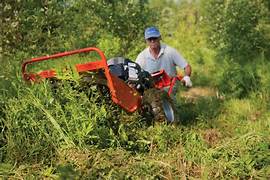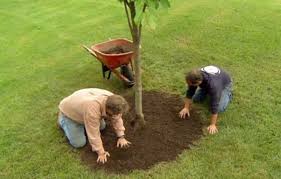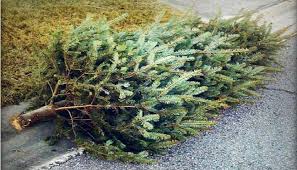Use These 7 Hacks to Combat Deforestation, Promote Forest Health Now
New England forests are in trouble. They’ve been losing ground since the 1980s. Over 385,000 acres (over 950,000 hectares), or 5% of the region’s total forest area, were lost between 1985 and 2011. This is the opposite of the historical trend of forest growth and is a critical threat to New Englanders and their region. Simply put, New England forests face many threats, including deforestation and threats to their health and biodiversity.
Residential and commercial development, including secondary and larger single-family homes, commercial buildings, and several other economic factors, is driving New England’s deforestation. While these projects may be small, their cumulative impact on the landscape results in significant deforestation. These “hard conversions” are often permanent and prevent natural forest regeneration in that area. But you can fight deforestation in your community.

Additional Threats to Forest Health and Integrity
As mentioned above, urbanization poses the greatest threat to forests, but several other dangers exist beyond deforestation. Climate change serves as a stressor that alters growing seasons, affects precipitation patterns, shifts species ranges, and triggers extreme weather events. All these factors impact forests. Additional threats include invasive species, insect pests, diseases, overpopulation of deer, competition in the timber market, and land development and fragmentation.
The consequences of forest loss and degradation from these factors ripple through our human communities. They reduce carbon sequestration, stress the forest’s carbon balance, and erode ecosystem services, including the loss of clean air and water filtration, reduced flood control, negative impacts on wildlife habitat and biodiversity, and decreased recreational opportunities and aesthetic value. Additionally, they impact critical industries such as maple syrup, timber, tourism, and the loss of native flora and fauna.
Growth of Solar Spurs Deforestation
Today, Rhode Island forests cover about 53-60% of the state, down from historical levels when early settlers cleared land for agriculture. After a period of forest regrowth, this trend has reversed, with development pressures leading to a net loss of tree cover. Between 2000 and 2020, the state lost 0.79% or 1.61 thousand hectares of tree cover. More recent data shows that in 2023 alone, Rhode Island lost 343 hectares of natural forest, equivalent to 142 kilotons of CO2.
While land development is a big factor in the state’s deforestation, the growth of solar energy is of growing concern. While these farms increase the state’s renewable energy, they also reduce the amount of mature forest. Losing mature forest is costly and impacts the state’s forest carbon sequestration as well as air and water filtration. Additionally, the loss of mature forest contributes to habitat fragmentation, which affects wildlife that rely on large, connected forest areas. Conservative groups continue to advocate for solar farms on previously developed land.

Promoting Forest Health in New England
Here are seven things you can do to fight deforestation and promote forest health in your area:
- Support local conservation efforts—Engage with and contribute to local land trusts, conservation organizations, and other groups working to protect forests. Volunteer time, donate funds or even become a member can directly support these efforts.
- Practice sustainable woodland management. If you own forested land, work with a professional forester to develop a plan for long-term forest health. Sustainable forestry ensures that timber harvesting doesn’t lead to long-term forest degradation.
- Make sustainable consumption choices—Choose wood and paper products certified by organizations like the Forest Stewardship Council (FSC), which ensures they come from responsibly managed forests.
- Support local and sustainable businesses—Support businesses that prioritize sustainability and have environmentally responsible practices. This can include businesses that source materials locally and sustainably and minimize their environmental footprint.
- Advocate for stronger land use policies—Engage in local and state politics to support policies that protect forests and promote responsible land use. Contact your elected officials to express your support for zoning regulations.
- Manage invasive species on your property/community—Learn to identify common invasive species in your area and take action on your property. Early detection and rapid response are critical to managing these threats.
- Educate yourself and others—Increase your knowledge of the threats to New England’s forests and the importance of forest conservation. Share this with friends, family, and your community.
Joining the Rhode Island Tree Council (RITree) can help protect the state’s forests. RI Tree offers courses, workshops, and materials to help fight deforestation and promote forest health in your area.














